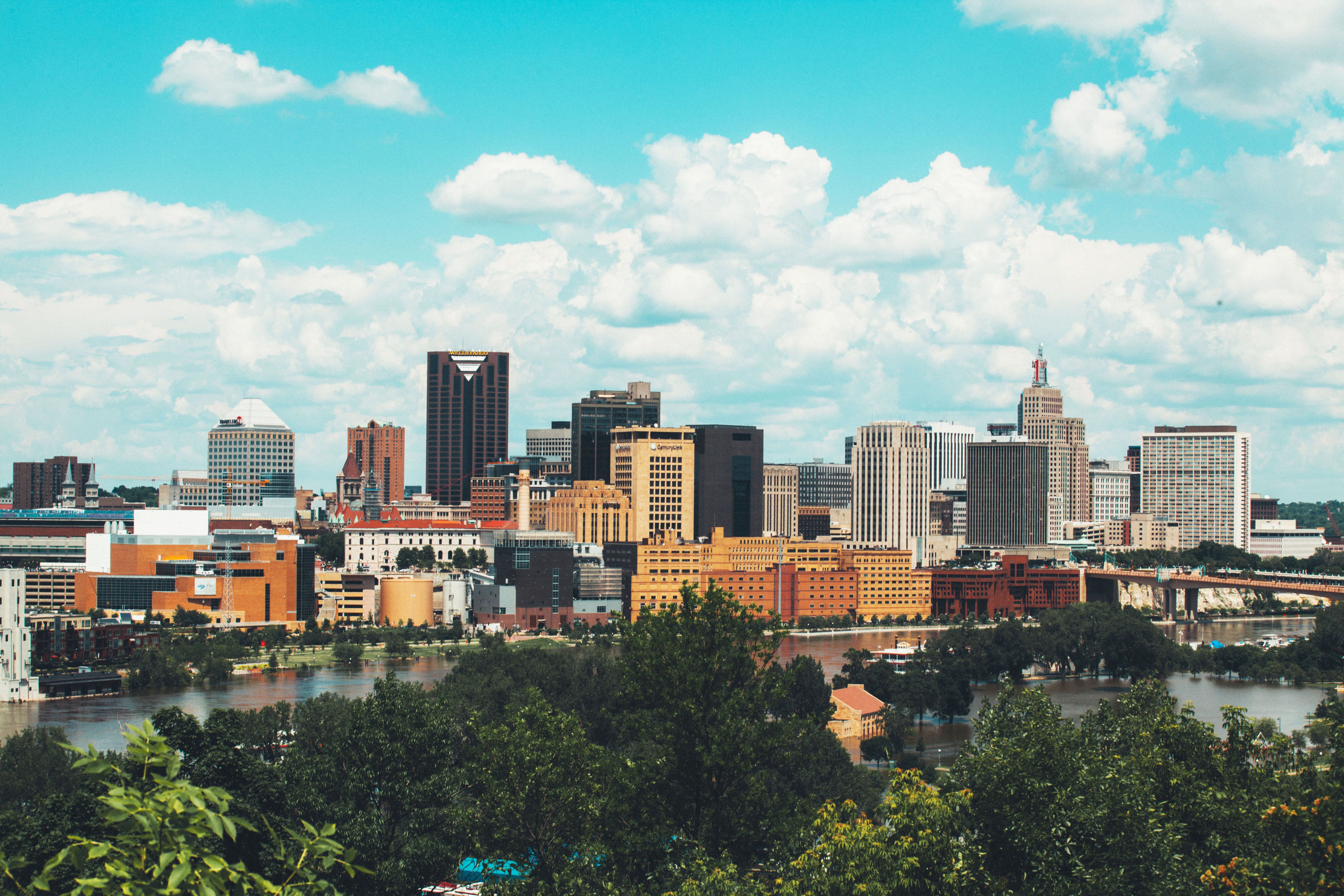August 15, 2019 | Vol. 6 No. 18
An imbalance between rich and poor is the oldest and most fatal ailment of all republics.
- Plutarch
The causes which destroyed the ancient republics were numerous; but one principal cause was the vast inequality of fortunes.
- Noah Webster
We can either have democracy in this country or we can have great wealth concentrated in the hands of a few, but we can’t have both.
- Louis Brandeis
There has been a lot of talk these past couple years of America’s booming economy. We’ve all heard that there are record-low unemployment numbers, increasing wages, and significant job growth across a number of sectors. In fact, the number of manufacturing jobs created in 2018 is the most the United States has seen since 1997.
Nonetheless, a pair of Stanford University economics professors, Paul Oyer and Lenny Mendonca, reveal that in spite of these trends, income inequality in the United States is “only getting worse.” The two add that more and more Americans are finding it extremely difficult to meet their most basic needs such as affordable housing, adequate nutrition, suitable health care, quality education, and reliable transportation.
In a recent interview published by the Stanford Graduate School of Business, Oyer and Mendonca speak directly to what they see as the causes of this rapidly growing inequality, including globalization, inequitable tax laws, purging of regulatory policies, pullback of consumer protections, and other practices that concentrate wealth in the hands of just a few. Oyer notes that the annual income (in real wages) of someone without a college degree is lower today than it was in 1969, noting “That’s unheard of.”
When discussing strategies to reverse these appalling inequities, they emphasize, in addition to significant policy shifts, the importance of education. And while the approach of Oyer and Mendonca is largely academic, the issue they seem to gloss over completely is that of race.
In particular, they ignore the role of systematic racism on America’s income and wealth gaps. Since they don’t take on the subject, I wish to tackle it a bit myself.
For example, according to the Federal Reserve Board’s Survey of Consumer Finances, the average wealth of a White American family in 1963 was more than $120,000 higher than that of a non-White American family. Over the past 56 years, the wealth gap between White families and families of color has increased sevenfold.
Moreover, a report from the Economic Policy Institute (2018 State of America Working Wages) shows the income gap between White and African American workers continues to widen. According to the study, the median wage of Black Americans in the year 2000 was approximately 80 percent of the median wage for Whites. Today, almost twenty years later, the average Black wage is down to 73 percent of the average White wage.
It is estimated that in the next two decades or so a majority of America’s population will be people of color. As you couple that fact with the mounting income and wealth gaps — which are particularly pernicious to current minority communities — ask what that means for America.
While Oyer and Mendonca circumvent the topic of race in their analysis, they certainly have a theory of what might happen in the United States should inequality between the haves and the have nots continue to swell.
They suggest that such dramatic disparities will quite likely lead to authoritarianism and an America where leaders “promise a return to the past.”
Wait! What? Oh yeah…that’s already underway.









